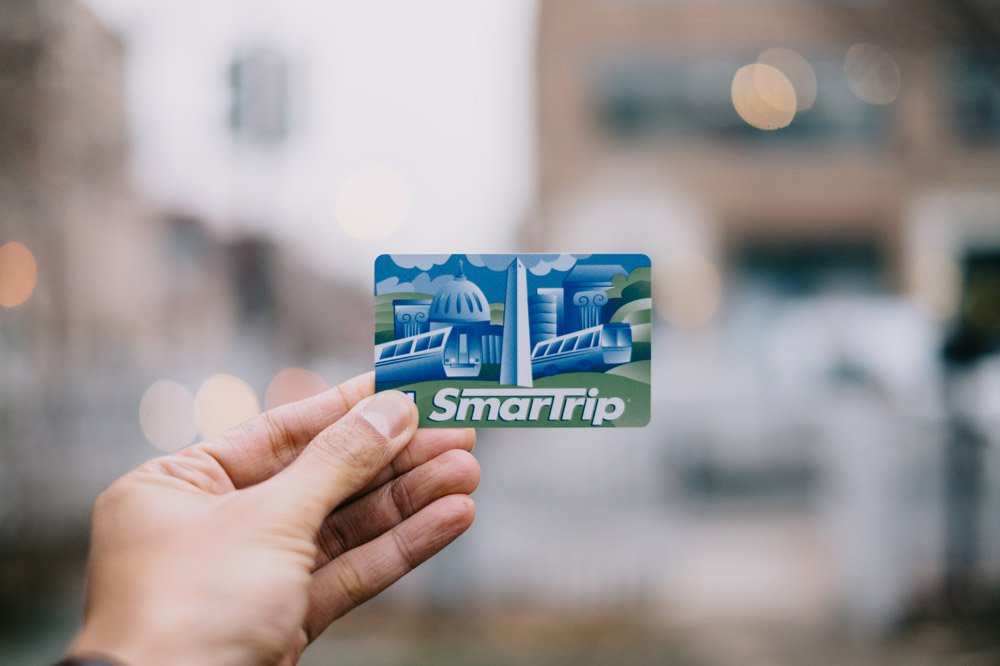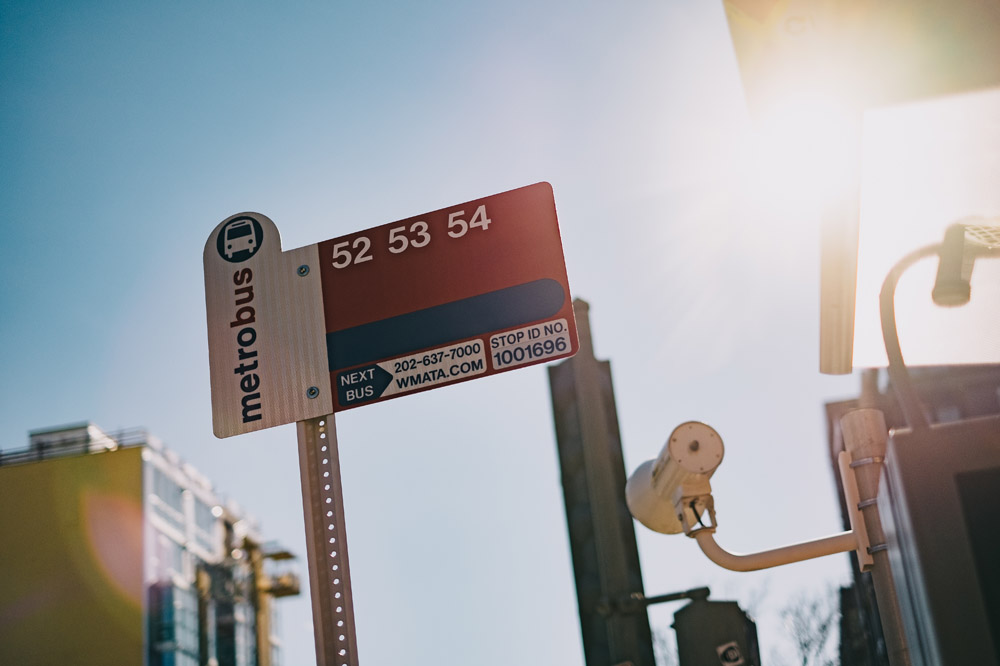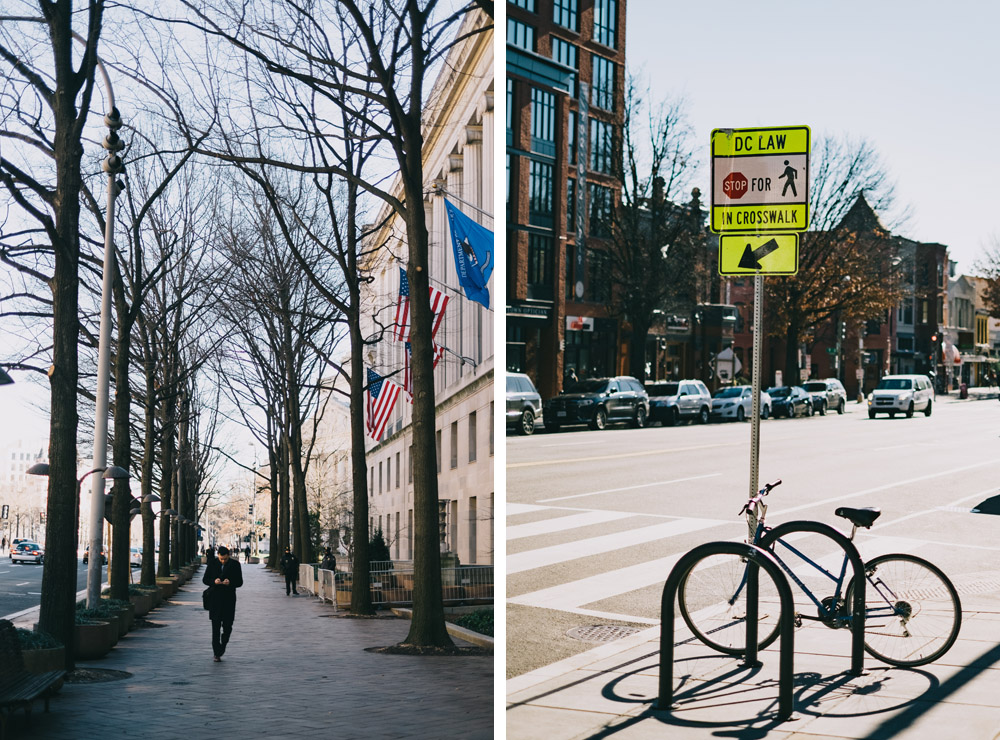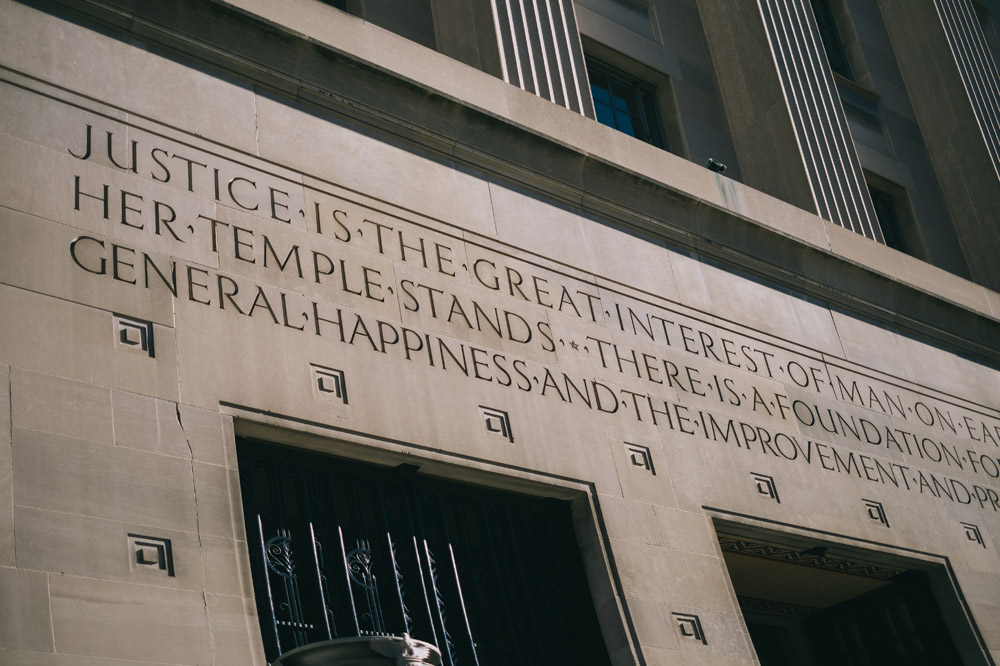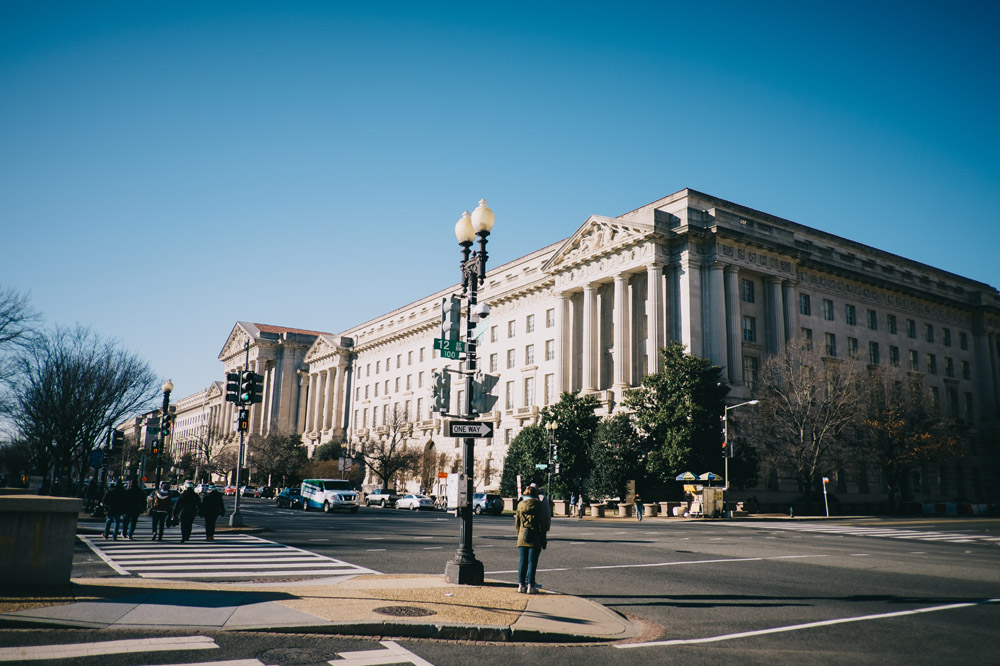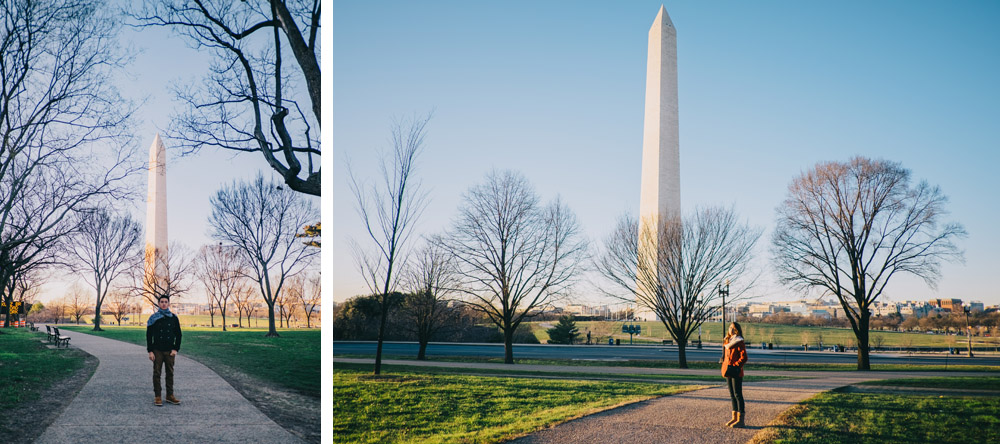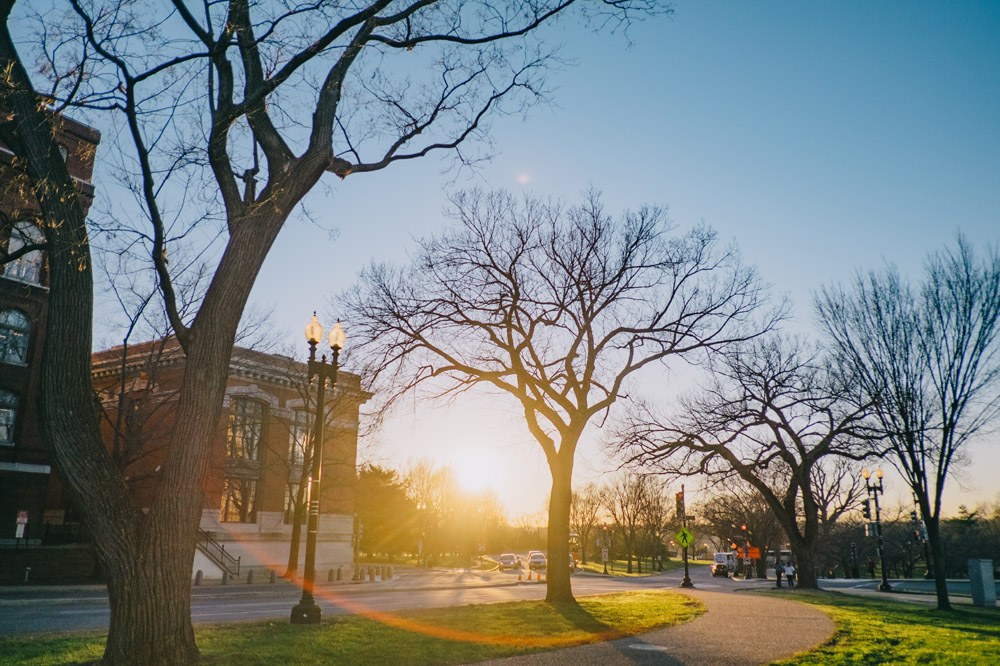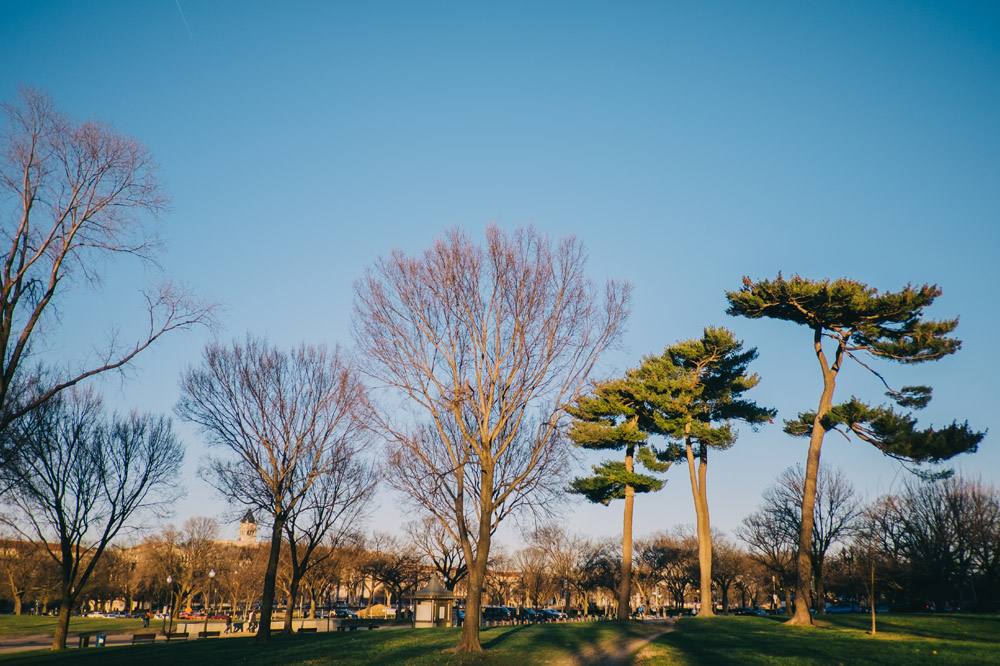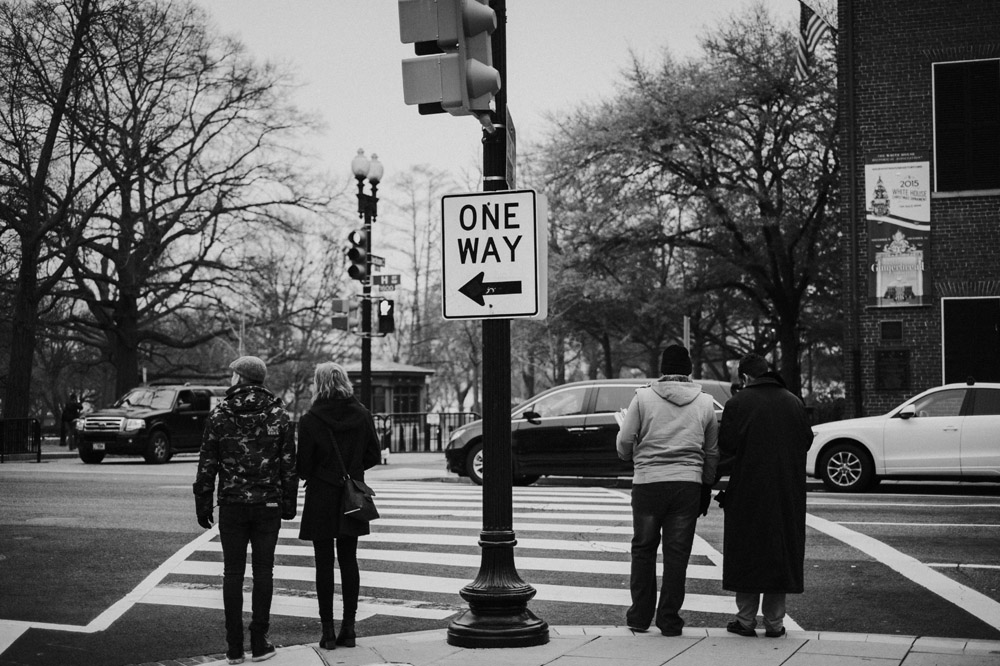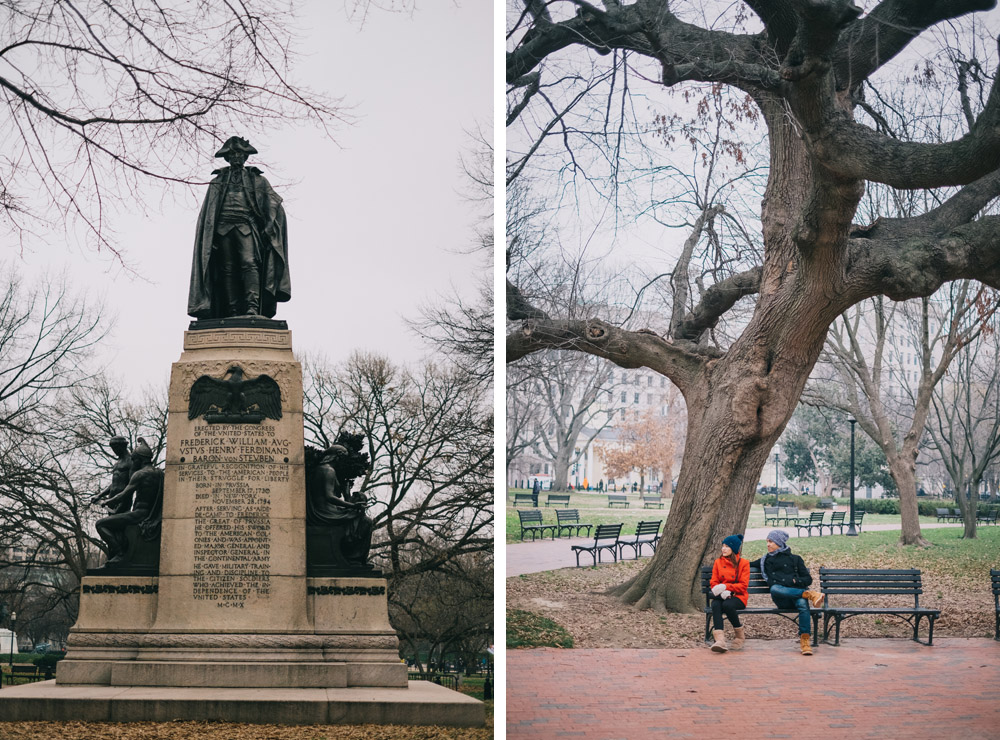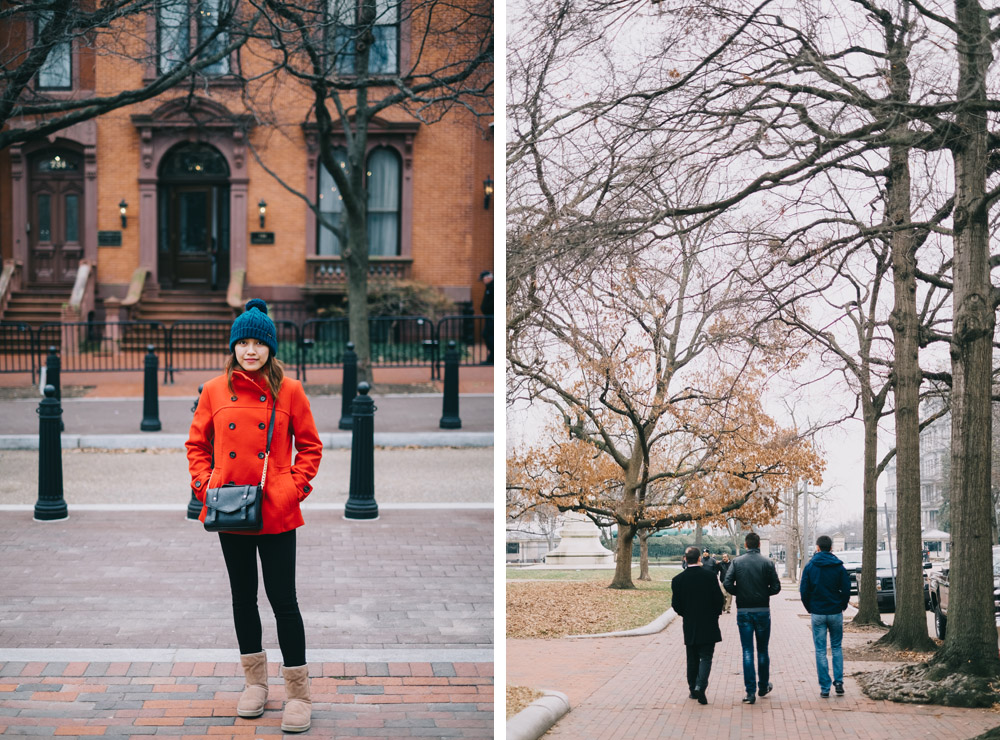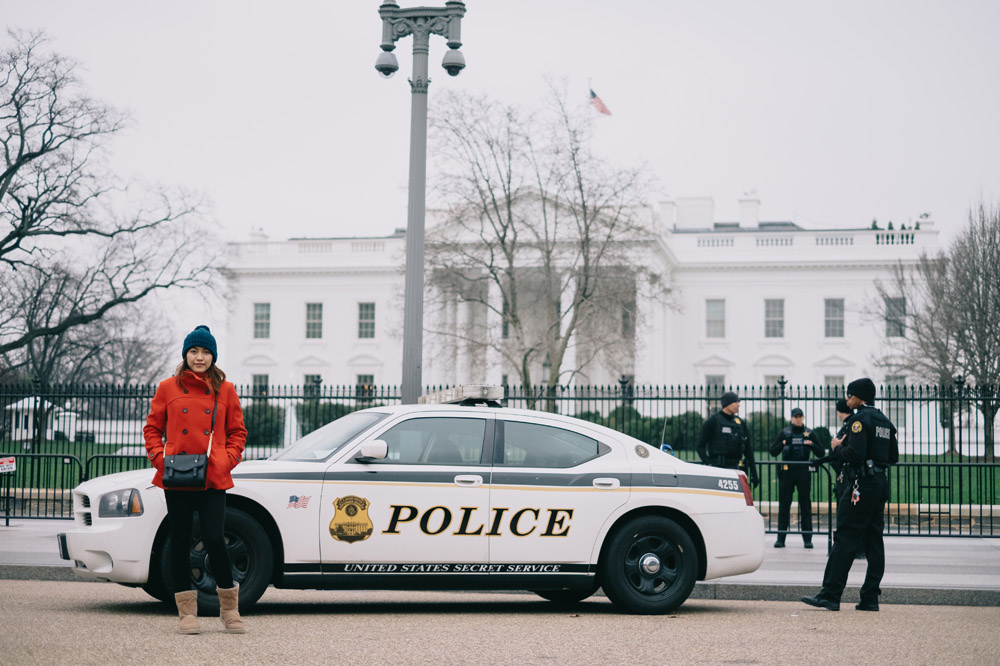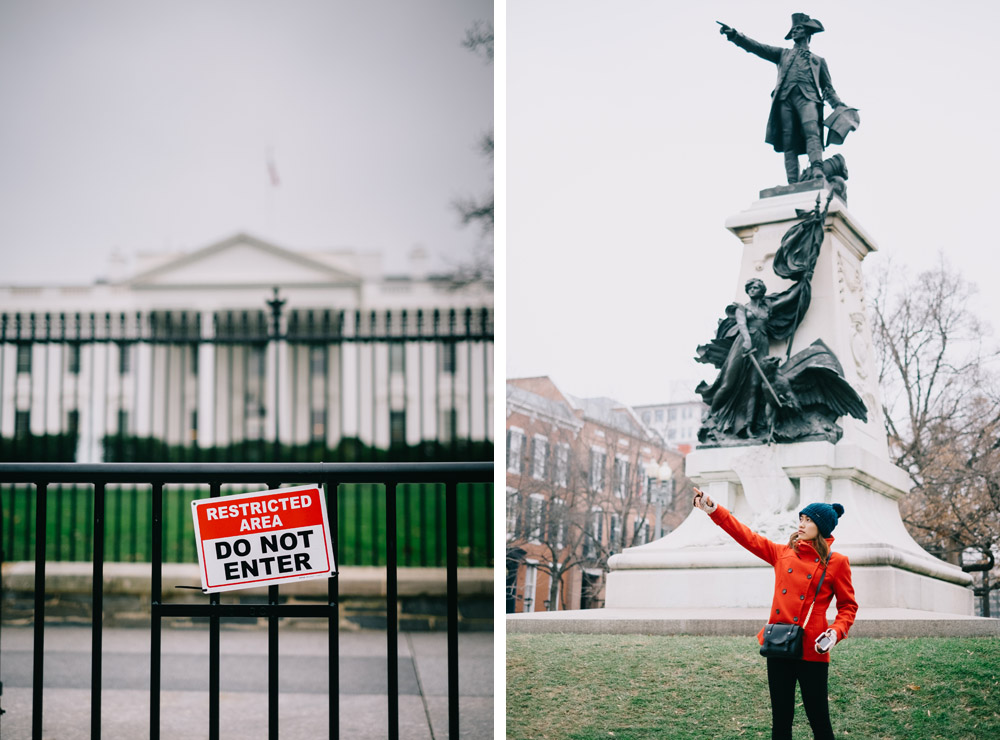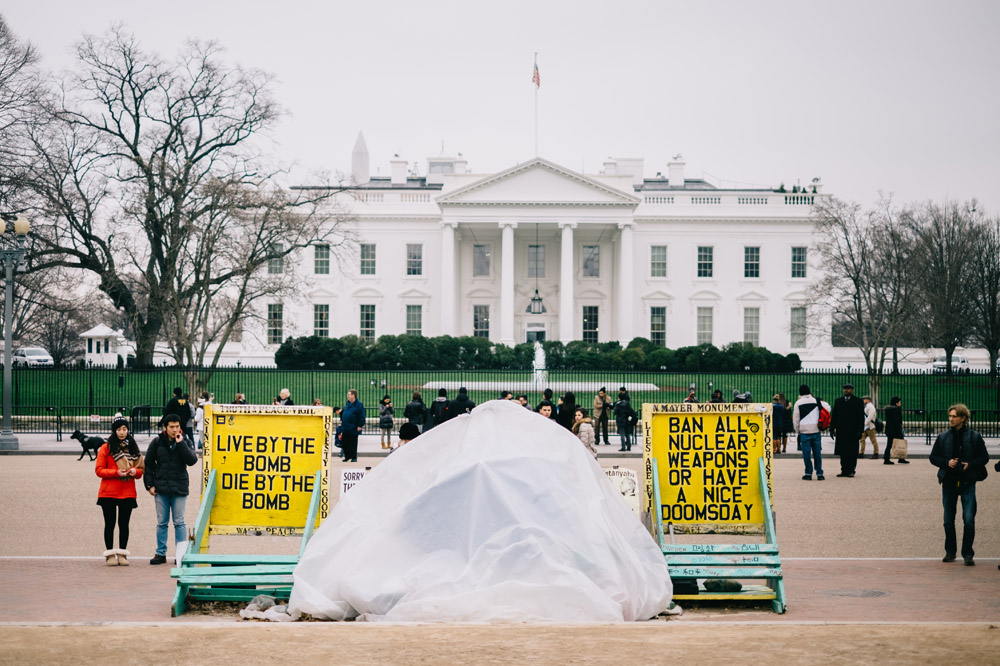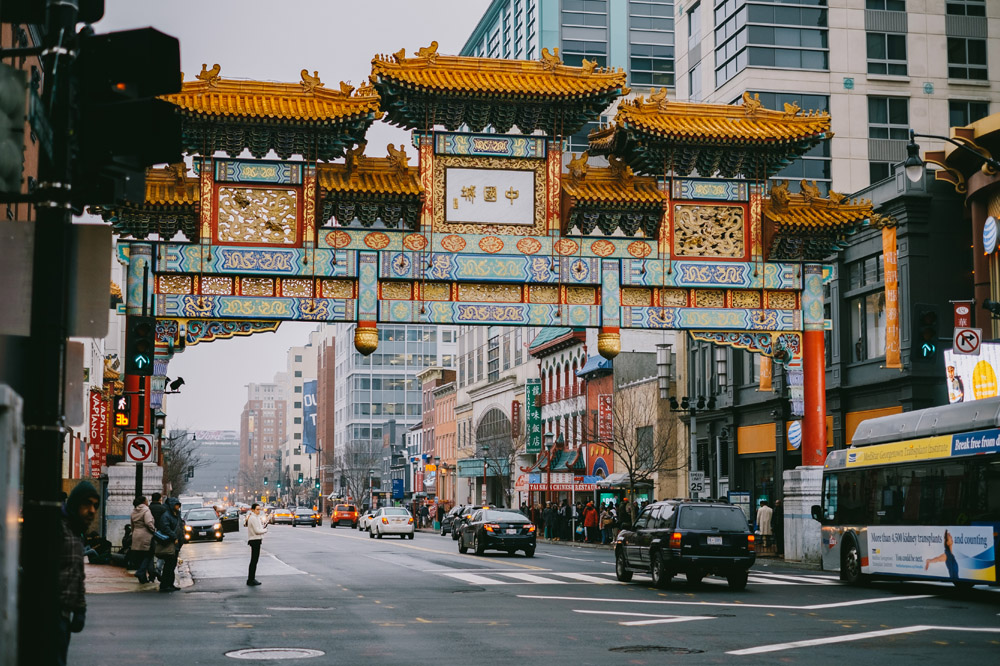Washington D.C. is the capital of the United States of America and the seat of its three branches of government, as well as the federal district of the U.S. The city has an unparalleled collection of free, public museums and many of the nation’s most treasured monuments and memorials.
Getting Around
D.C. is a walking and biking town. It’s no surprise that D.C. has been cited as the fittest city in the country; residents and visitors get a lot of exercise simply getting around the city! Even if you plan on taking public transport or driving, you will often find yourself walking, biking, or taking a pedicab for the remainder of the day. Most of the city’s attractions, such as the museums and monuments along the National Mall, are located near each other, which makes driving or taking Metro between locations either impractical or impossible. Therefore, when touring around Washington make sure to wear good walking shoes.
But if you have to reach longer distance and prefered to ride a public transport, we suggest to buy the Metrobus SmartTrip Card, it is usually much easier to get around the city using public transportation, since parking is expensive and driving in a crowded city is not easy. The Washington Metropolitan Area Transit Authority (WMATA) operates the city’s generally excellent public transportation system. Trains, buses and bikes are affordable and widely used.
Metrobus operates hundreds of routes throughout the D.C. metro area. Metrobus will take you places hard to reach via Metrorail or the Circulator, and can be a really convenient, comfortable way to travel. In addition, some Metrobus lines operate later into the night than Metrorail. WMATA’s website publishes maps and timetables for all routes, as well as system maps for its entire network. Most routes cost a flat fare of $1.75 if paying with cash or SmarTrip card, with a free transfer if paying by SmarTrip card. Seniors pay only $0.85 by showing an idenification card to the driver and up to two children ages four and younger ride free per paying adult.
Virtually all of D.C.’s tourists flock to the National Mall—a two-mile long, beautiful stretch of parkland that holds many of the city’s monuments and Smithsonian museums—but the city itself is a vibrant metropolis that often has little to do with monuments, politics, or white, neoclassical buildings. The Smithsonian is a “can’t miss,” but don’t trick yourself—you haven’t really been to D.C. until you’ve been out and about the city. And things to note, all museum & monument are free, let’s explore…
The Downtown
We only had chance to explore the downtown area, but that was a lot to see in 2 days. Downtown is the center of it all, including:
The National Mall — the national park at the center of the city, surrounded by the white monumental buildings of the U.S. government, and containing an extraordinary collection of monuments, memorials, and free museums including the Smithsonian National Museum Of Natural History (where Night at The Museum movies set take place).
Capitol Hill — starting at the Capitol Building and Library of Congress, and fanning out past grandiose Union Station into a quiet, historic neighborhood home to most of the Hill’s congressional staffers and some nice restaurants on Barracks Row, and then extending out to RFK Stadium.
Waterfront — a booming neighborhood just south of the Mall, with an open-air waterfront seafood market within easy walking distance from the Mall, and the home of the Washington Nationals at Nationals Park.
West End — D.C.’s central business district, the White House, George Washington University, and the Kennedy Center.
East End — D.C.’s downtown cultural center, with the main theater district, more great museums, many tourist traps, the Verizon Center, the Convention Center, Chinatown, and fine dining.
Next: Las Vegas
Nicknamed Sin City, Las Vegas and are famed for their mega-casino resorts, with names and themes meant to evoke romance, mystery, and exotic destinations.




